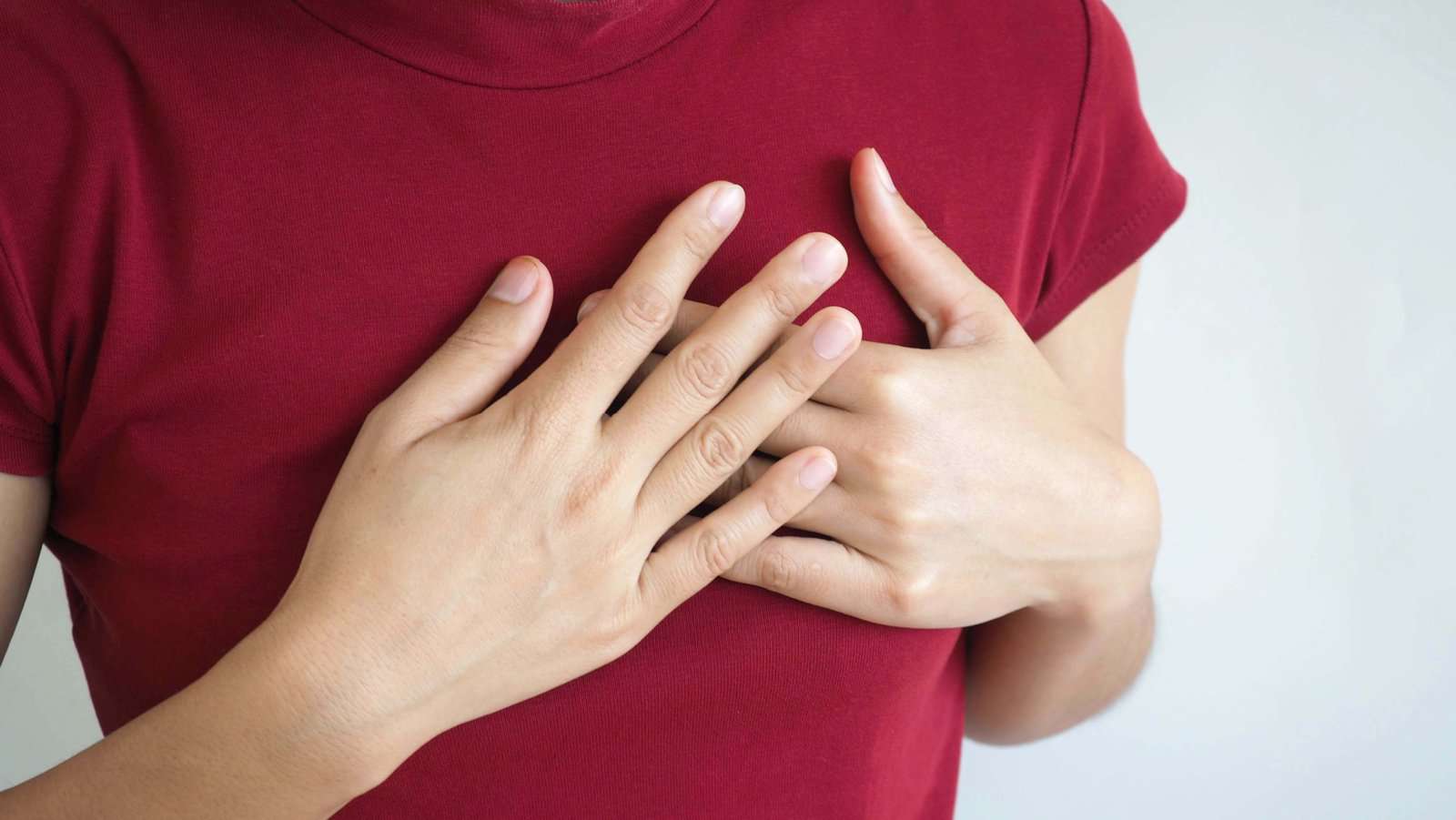By Lauren Crostic, PA
Cucamonga Valley Medical Group
Stay Safe as ‘Back to School’ Time Nears
As summer vacation winds down and children prepare to return to the classroom, it’s a good time to review some healthy habits.
The kids have been enjoying the summer sun and time away from the classroom whether they’ve been swimming, skate-boarding, camping, hiking, fishing or playing baseball, volleyball or softball. There’s plenty to do during summer vacation.
But soon it will be time to return to school. Once those well-known school routines have been reestablished, students sometimes forget the importance of maintaining healthy routines.
Let’s take a look at some time-tested practices:
- Sunscreen vs. Sunburn. Wearing sunscreen is still extremely important even when children are in school all day. They often have physical education classes or recess outside. In many states, including California, summer-time temperatures linger into the fall season making it just as important to continue to have your child apply sunscreen in preparation for sun exposure. Even a short amount of time outside can cause a sunburn within minutes.
- Soap and water. Hand washing throughout the day is a great way to prevent transmissible infections such as influenza and whooping cough. The average student between the ages of 5 and 18 misses approximately five days of school per year due to illness. It is common for those starting pre-school or kindergarten to contract roughly 10-12 colds during that school year alone. Teaching children and adolescents to avoid touching their face, covering their mouth and nose when coughing or sneezing, and washing their hands with warm soap and water is good hygiene etiquette to protect themselves and others.
- Stay fit. Physical fitness is as important as intellectual fitness. According to the CDC, the S. Department of Health and Human Services recommends that children and adolescents age 6 to 17 should have 60 minutes (one hour) or more of physical activity each day. Regular physical activity in this age group can reduce the risks of developing heart disease, type 2 diabetes, osteoporosis, cancer, high blood pressure, and obesity, along with reducing symptoms of anxiety and depression. Unfortunately, many children and adolescents do not meet this daily recommendation.
Keep the kids active
There are plenty of ways for parents or guardians to help children to be active throughout the school year.
- Encourage them up to participate in a sport or after-school program.
- Walk to and from school with a parent or in groups, or taking “get moving” breaks after finishing assignments, like a short walk or dancing to their favorite song.
- Always remember the importance of hydration with the warmer weather and physical activity too!
Smooth transition
This month might seem difficult to navigate. Here are a few tips to help ease the transition from summer fun to school success:
- Eat a good breakfast. Studies have shown that those who eat a nutritious breakfast have better concentration and more energy in school.
- Send your child to school with a refillable water bottle. It is important that they stay hydrated throughout the day to prevent dehydration, especially if they are active in sports.
- Get enough sleep and set a consistent bedtime for your child. Sleep is essential for a child to be successful in school.
- Create an afterschool schedule including downtime for your child to recoup after the day at school. By allowing for breaks between homework and studying, children are more likely to complete their tasks and do better on assignments.
- Choosing a backpack with two shoulder straps that are padded allows for more support. Try to pack the backpack as light as possible to prevent neck and back fatigue.
- Getting an annual eye exam/new glasses prior to school can help prevent eye strain and difficulty concentrating in school.
Have a safe and healthy return to school!




